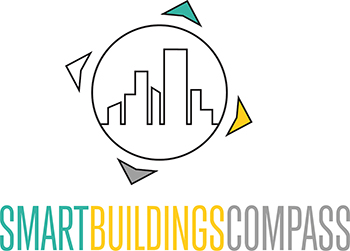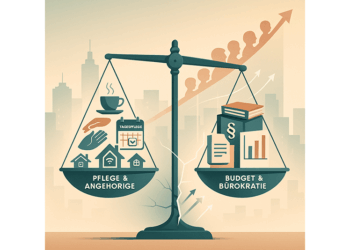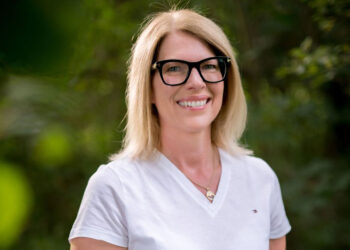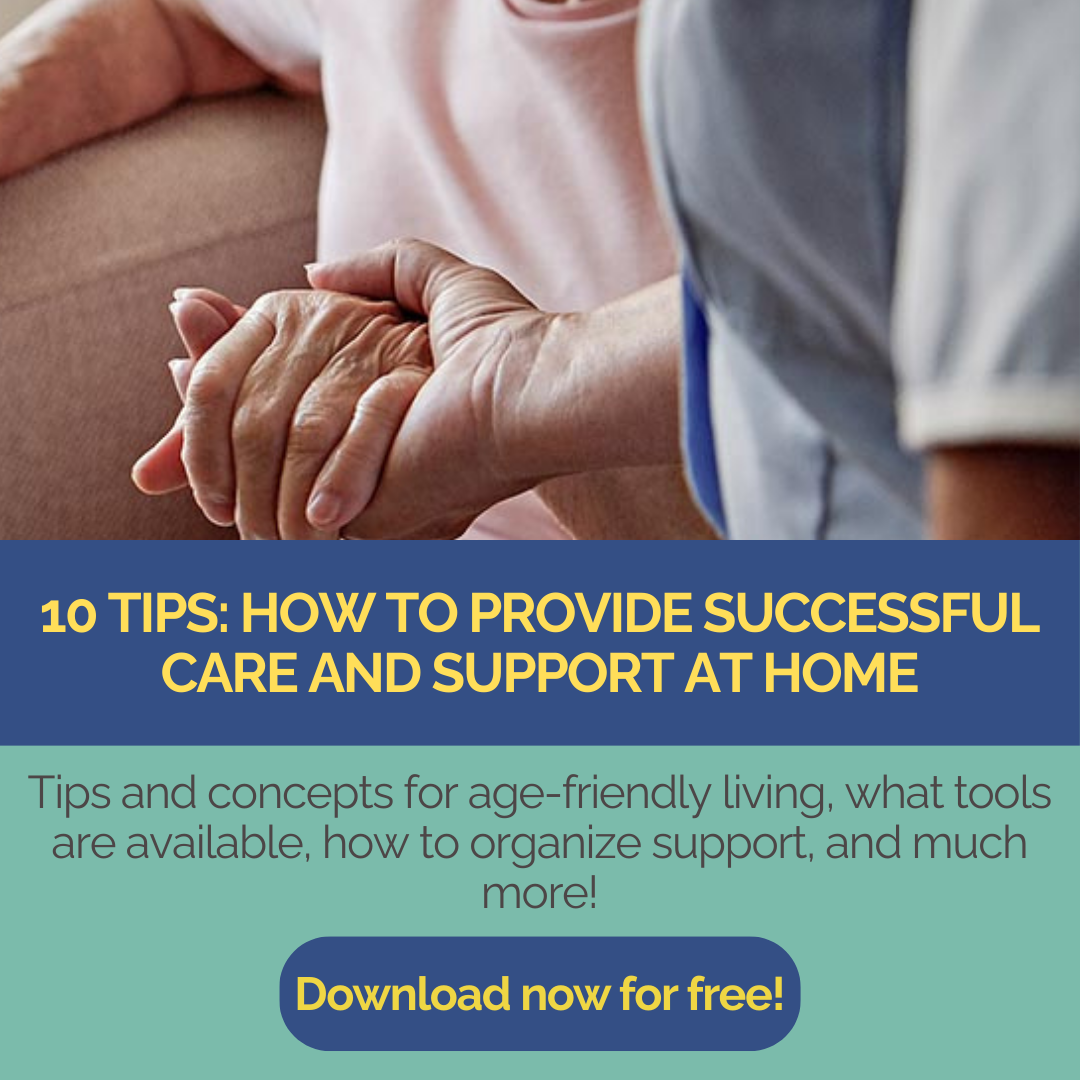Increasing importance of accessibility
For people with limited mobility in particular, everyday life and managing life at home can be a real challenge. This is where the concept of Ambient Assisted Living (AAL) comes into play: Innovative ideas and aids that aim to promote the well-being and independence of older people and people with impairments by adapting their environment to their specific needs.
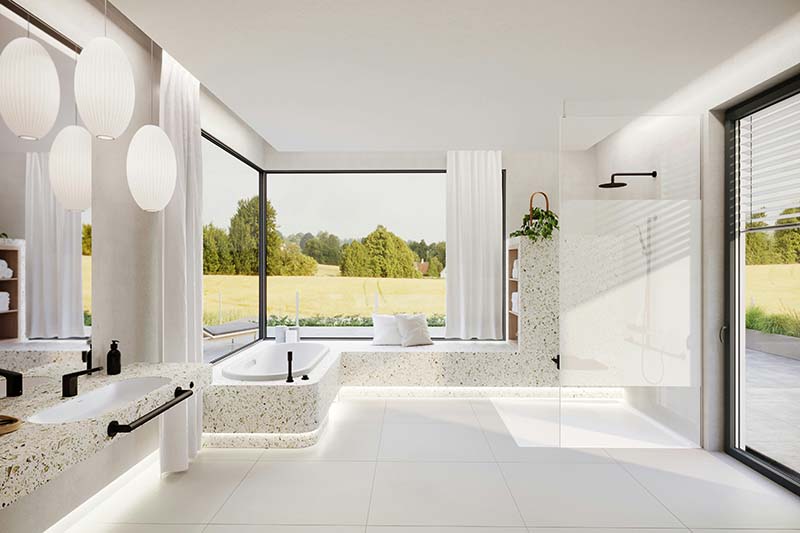
Improved comfort for all of us
The concepts not only offer ageing people and those with disabilities a life that is as unrestricted and safe as possible. They also increase the comfort of all residents. Examples: Families with baby carriages also benefit from accessibility, deliveries are simplified. Temporarily incapacitated after an accident, we are grateful for all the relief. Or think of your bathroom or kitchen: These are the rooms in which many activities of daily living take place and AAL-compatible equipment plays a major role. Equipping and planning the living space in general according to the principle of Ambient Assisted Living (AAL) is to the benefit of us all.
Another advantage is that if these measures are implemented in advance, there is no need for subsequent adjustments and no further costs or laborious construction work. Included in renovation and construction projects from the outset, it saves people in need of care or people with disabilities a great deal of effort, high costs and change at a time when there is simply a desire for a familiar environment.
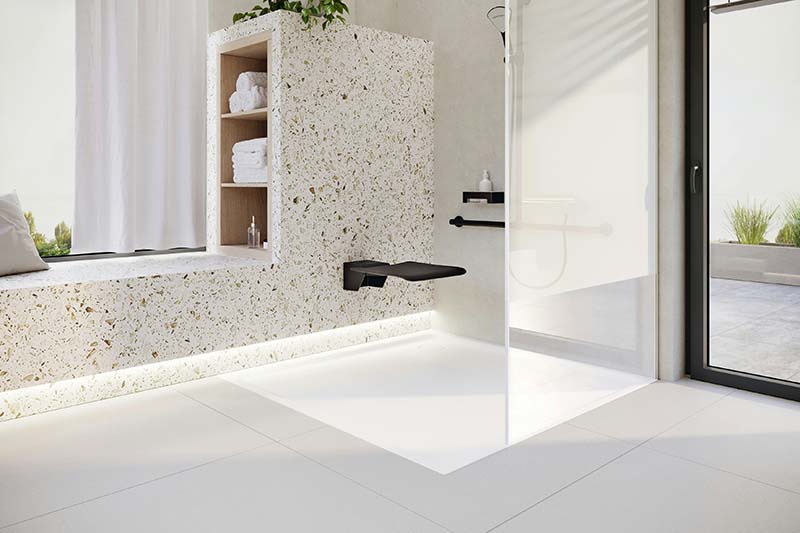
New ways of thinking and approaches required
What it takes to adapt life in your own four walls to the requirements of your needs is very individual and depends on your current status. Access to the apartment is often not barrier-free due to mezzanines in the stairwell or the lack of an elevator or one that is only accessible from the mezzanine level. Apart from the route to the apartment, which, as just mentioned, is often not barrier-free, there are many barriers when taking a closer look at the living space that do not seem so obvious at first. For example, there are often unsuitable floor coverings, uneven floors or door staggerings. The passageways are not always appropriate, and even small steps can make accessing balconies and terraces problematic.
The potential challenges in old age are often greater than expected, as Gerhard Nussbaum, Technical Director of the Information Technology Competence Network to Promote the Integration of People with Disabilities (KI-I) knows: “Make sure that there are no steps or thresholds, for example at the entrance and exit. Make sure that the maximum step height is no more than 1 cm. Of course, it’s best if there are none at all.” Step heights above this can be a major challenge and source of accidents for people with disabilities and older people.
Special case bathroom
Planning and making optimum use of the available space is not always so easy: For example, there needs to be good access to the shower, toilet and sufficient turning space for wheelchairs and walking aids such as rollators. The available space is often very small. In order to have more space for these mobility aids, the best solution may be to combine the bathroom and toilet.
Shower doors can also be removed and replaced with hinged doors to optimize space and improve freedom of movement. Nussbaum: “Design solutions, such as a level-access shower, are ready to buy. These are normal shower trays, but completely at ground level.” Thanks to its accessibility, the shower is also wheelchair-accessible in the best case scenario. Another tip from the expert: “Make sure there is enough space next to the toilet so that it can also be accessed from the side.” According to the expert, it is also important to be able to move around freely and that there are brackets, such as handholds.
In terms of location, this room should be as quickly accessible as possible from the bedroom. Normally, the doors in the bathroom and toilet area open inwards. If possible, a change is recommended: In case of emergency, it is easier to open the door to the outside. The door width is also important for planning: This should also be designed for wheelchair users and, in an emergency, for care beds. Gerhard Nussbaum: “The door should be at least 90 cm wide so that wheelchairs can pass through it easily.”
Planning life phases
If you plan holistically from a young age, you can adapt your comfort to the different phases of your life. Forward-looking planning from the beginning minimizes additional costs and saves the need for changes later on. If smart home products are already integrated, they can also be upgraded with AAL solutions as required.
One example are fall detectors, which measure the time it takes a person to get from one place to another. If the person does not arrive within the expected time frame, this could indicate a possible fall. There are already concepts that sound the alarm if there are deviations from daily routines: When the fridge is opened every morning to get the milk out for coffee and muesli, smart sensors sound the alarm if this does not happen within a certain time window. In this case, telephone numbers can be stored to receive an alarm message.
Expert Gerhard Nussbaum: “Plan ahead for the upcoming phases of your life. This will enable you to remain as independent as possible in your own four walls for as long as possible if you experience restrictions in old age or due to an accident.”
